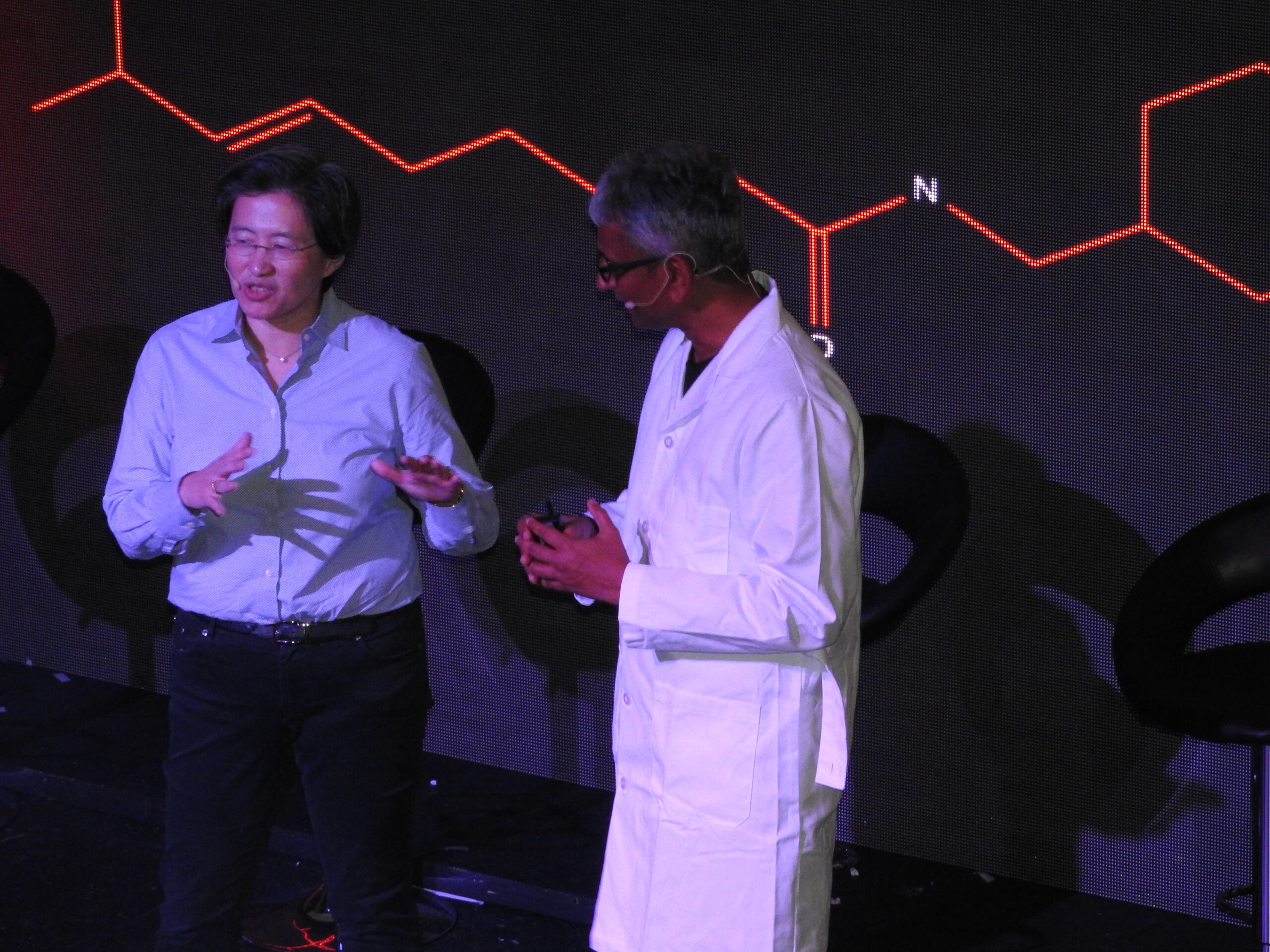Advanced Micro Devices and virtual reality are getting hitched. The maker of processors and graphics chips hopes that demand for VR will generate demand for high-end hardware, and it said Monday at the Game Developers Conference it is doing what it can to keep it all moving forward.
One of those things is Polaris 10, a next-generation graphics chip that promises much better resolution and performance for both traditional games and VR apps, said Richard Huddy, chief gaming scientist, at an AMD event today.

Unlock premium content and VIP community perks with GB M A X!
Join now to enjoy our free and premium membership perks.
![]()

![]()